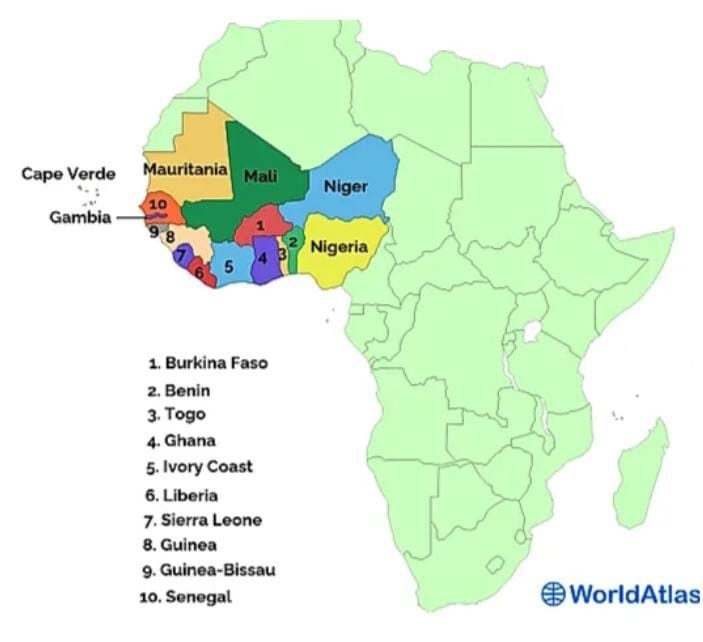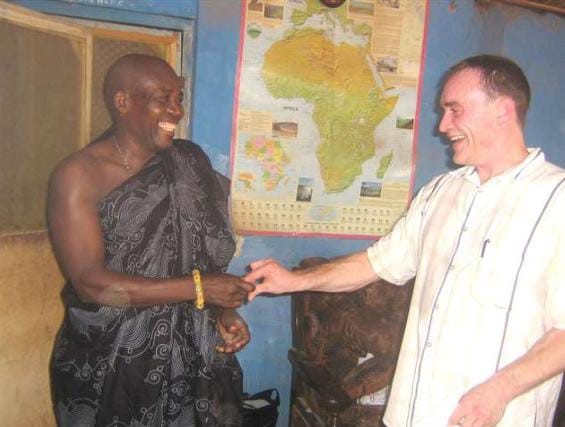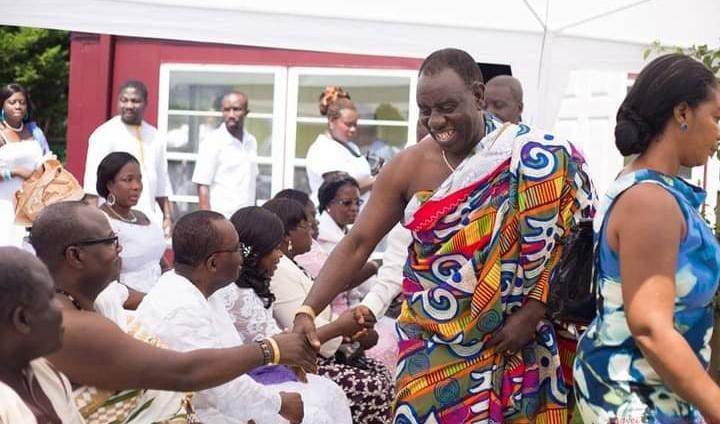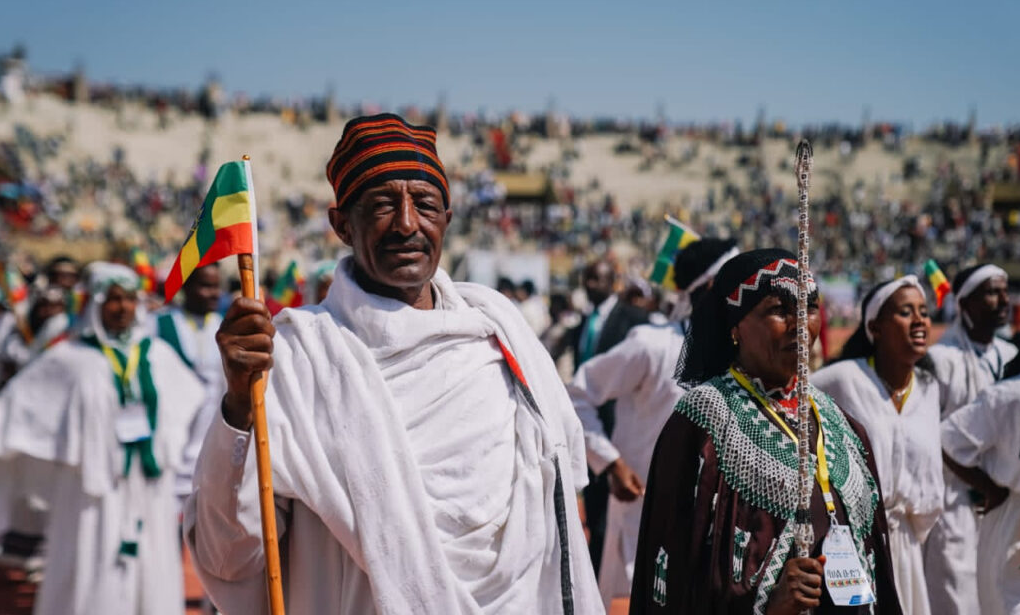West Africa is home to 16 countries. The region stretches from the Atlantic Ocean to the heart of the continent.

The region is home to more than 340 million people. Greetings from West Africa are significant in the region’s tradition since they are not just an exchange of words. Still, they are a way of identifying social norms and historical legacy. The region greetings also show how West African greetings are different from the other regions of Africa and how they showcase their culture and tradition through their greetings.
Cultural Diversity in Greetings from West Africa
The people of West Africa are family and community-oriented. Greetings in the region are not focused on the immediate family, but there is an emphasis on the extended family and community. This shows the region’s sense of community.
In addition, West African greetings are a mixture of formality and being friendly. Such an approach to greetings in the region has a deep significance, for they act as a conduit for understanding their cultural values of respect, connections, and community bonding.
West African Greetings general traits that show cultural diversity in the region:
Warm Greetings: When greeting each other in the region, be it the young people greeting the old, there is a need for the greeting to have warmth and friendliness. A smile is often included, showing that you recognize the other person as part of your community and value them. They are also expected to inquire about each other’s well-being because it is part of belonging to a community.
Handshakes: A greeting accompanied by a warm smile in West Africa is not enough if a handshake does not follow it. Different ethnic communities in the regions add twists and uniqueness to their handshakes. Some interlock fingers, patt on the back, while others snap fingers. The handshakes are done in rhythmic precisions, showing how the region’s greetings are artistic and cultural diversity in their day-to-day activities.

Use of proverbs in the greetings: Proverbs are primarily used by elders to young people or agemates who are old enough to understand. Proverbs are used in greetings to remind people of the importance of the community, offer guidance, and connect with shared experiences. They also help people in the region to engage in deeper conversations when expounding on the proverb.
Examples of Ethnic Groups in West Africa and How Their Greetings Show Cultural Diversity
1. Yoruba

They are a West African ethnic group in Nigeria, Benin, and Togo. They are one of the largest ethnic groups in Africa. They have two systems of greetings. One is based on the time of day and the other on the age or status of the person being greeted.
They have a greeting for the morning (‘Ekaaro’), accompanied by a raising hand to show respect, and evening(‘Ekaasan’), accompanied by the hand extended palm-downward. When greeting elders, the young people kneel or lie down as a sign of respect to their elders or those in authority.
2. Akan

The Akan are found in the Ivory Coast, Ghana, and Togo. They are the largest ethnic group in Ghana and Ivory Coast. This ethnic community holds their greetings in high regard. The greetings are used to show respect, create rapport, and promote the culture of the Akan people. When you do not greet people, you are considered to lack respect. This is a true example of how the region shows cultural diversity.
Their greetings mainly include handshakes that need to be done correctly according to the occasion and need to be done politely. Shaking hands is done using the right hand while the left hand supports the right elbow, which shows respect and attentiveness. The greetings need to be done from left to right.
Also, the greetings are different according to the time of day. They have morning, afternoon, and evening greetings. The greetings also differ depending on who is being greeted; greeting elders differ from greeting age mates.
● Morning greeting: Me ma wo akye. o Shortened greeting: Maakye.
● Afternoon greeting: Me ma wo aha. o Shortened greeting: Maaha.
● Evening greeting: Me ma wo adwo. o Shortened greeting: Maadwo.
3. Wolof
They are found in parts of Gambia, Senegal, and Southern Mauritania. Greetings for this ethnic group are essential because they help maintain healthy relationships in the community. No matter the time or place, you meet someone saying hi, and knowing how they are doing is important.
In the Wolof culture, body language is important when sharing a greeting. They place their right hand over their heart as a physical gesture of greeting, and in the process, say “Nopp naa laa rekk,” meaning “How is your heart?” The gesture represents sincerity in the greeting.
Another unique greeting among the Wolof greeting is ‘Nopp,’ a deep sound exchange from the gutt made with the tongue, which shows a deep connection. The greeting also changes depending on the age, status, and relationship.
Conclusion
West African greetings show a profound testament to cultural diversity. West Africa, spanning 16 countries and over 340 million people, these greetings transcend mere words, serving as living conduits of shared history, values, and identity. With warmth and artistry, West African greetings bridge age-old traditions and contemporary connections, uniting ethnic groups through their distinct nuances and vibrant expressions. As a harmonious blend of formality and friendliness, these greetings show the region’s commitment to respect, community, and understanding, demonstrating that in the exchange of a greeting, the intricate threads of cultural diversity are woven into the fabric of West Africa’s vibrant heritage.
In the echoes of Yoruba’s time-dependent greetings, the Akan’s intricate handshakes, and the Wolof’s heartfelt gestures, West Africa celebrates the power of its cultural diversity. These greetings are not just social pleasantries; they embody the essence of kinship and respect for elders and forging connections among people from varied backgrounds. Through these expressions, West Africa paints a vivid portrait of unity within diversity, inviting us to recognize that cultural heritage and shared humanity are harmoniously intertwined in the intricate web of greetings.




